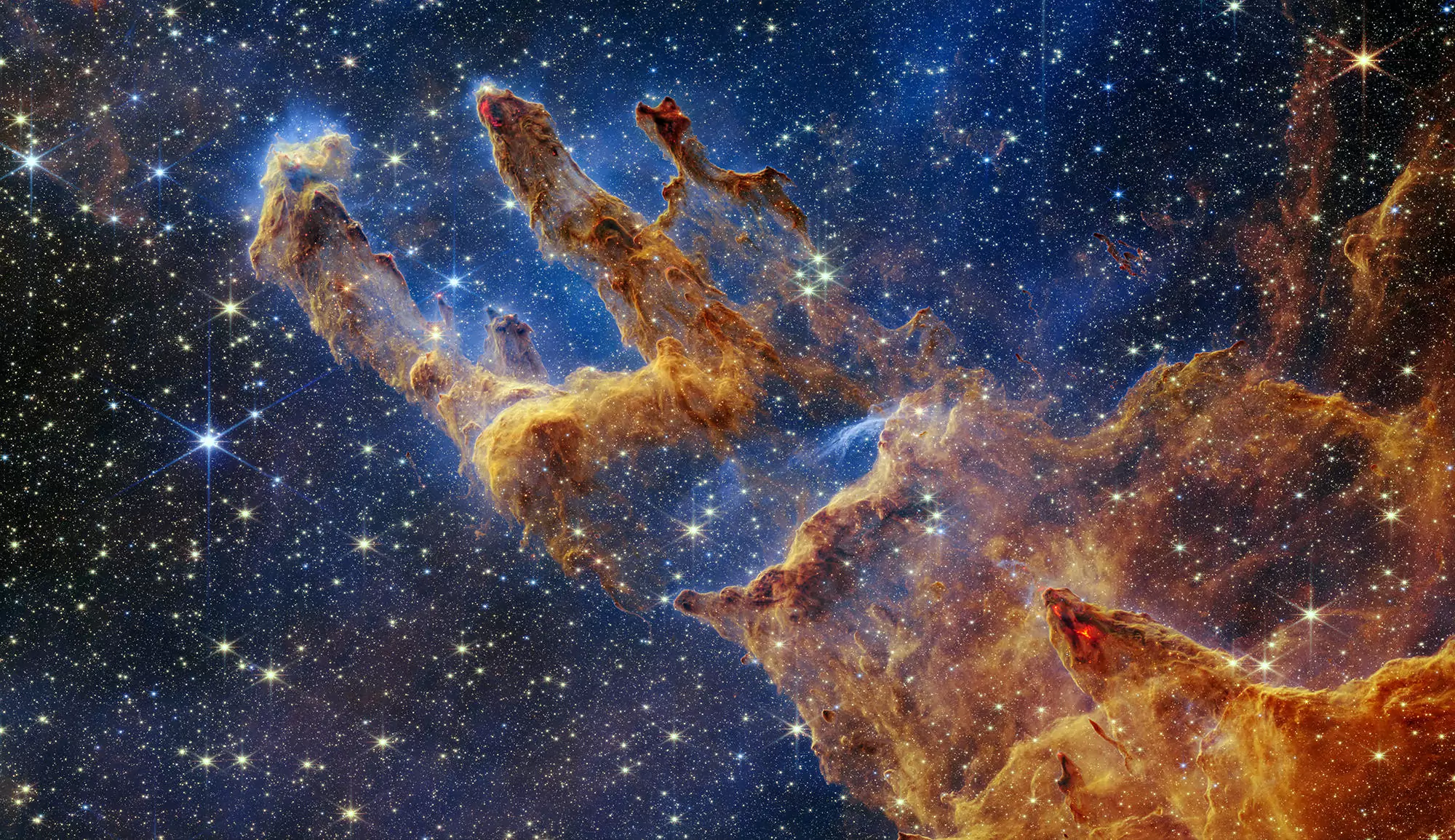The rings of Uranus are very tenuous and almost undetectable in the visible light. On this near-infrared picture, the contrast rings/planet is strongly enhanced because, at 2.2 microns, the solar light reflected from the planet is almost completely absorbed by the methane present in its atmosphere. Among the planets of the solar system, Uranus is unique in having its rotation axis very close to the ecliptic plane. At the time of the Voyager encounter (1986), the southern pole was oriented toward us. Sixteen years later (i.e. about one fifth of Uranus’ revolution period), the geometry of the uranian system is becoming comparable to the one of Saturn when its inclination is maximum.
Reference :
- E. Lellouch, T. Encrenaz, J.-G. Cuby, A. Jaunsen, in prep
Contact
- Emmanuel Lellouch
(Observatoire de Paris, LESIA) - Thérèse Encrenaz
(Observatoire de Paris, LESIA)

